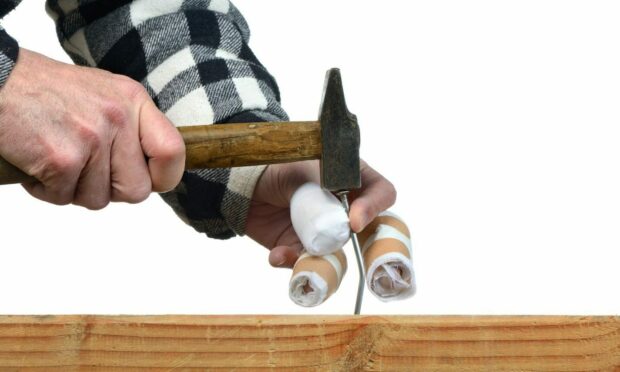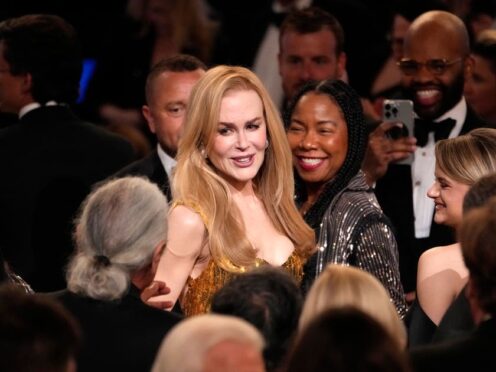A mate sent me an interesting word the other day, intuiting – correctly – that I suffered from the concept it describes: “resistentialism”.
It had been flagged up by Susie Dent, resident lexicographer on Countdown and 8 Out of 10 Cats.
To my shame, I’d never heard of her, not having watched these programmes much (the latter not at all, the former once, I think, many years ago).
Not their fault; I’ve never seen Strictly, Bake Off, Big House, or whatever it’s called, either.
A coincidence?
Then this Dent popped up in my life again, when I was going through a Bill Bailey period on yon YouTube, and she was on one of those programmes with him.
I am, as you know, a collector of coincidences, though I cannot tell if they are meaningful.
Anyway, my mate thought highly of Ms Dent, and so do I now for drawing attention to resistentialism.
She defines it as (if I might conflate a couple of quotes): “the spiteful/malevolent behaviour of inanimate objects (a table walks into you; a low beam bumps into your head; toast lands jam-side down; Sellotape hides its end/sticks to anything other than what’s needed).”
Oh, I know this phenomenon! Sometimes, I can be heard remonstrating with the objects: “Why do you hate me so much? I, who talk to you and try to be your friend!”
Regular readers already know the main reason I’m rubbish at DIY is because the tools hate me.
They fall out of my hand, hide, never stay where I last put them down and, of course, refuse to do what they’re told.
A foretaste of the future
Sometimes, I fear this is all a foretaste of the future when objects, in the shape of robots, will rule our lives and eventually destroy us.
Another foretaste was provided by Alexa, the talking “virtual assistant”.
I’ve just come out of an intense relationship with her. At first, I thought her a friend. She could sing, quote, advise, tell jokes.
But, increasingly, she failed to understand my requests, or played the wrong music and, eventually, I switched her off for good.
Sometimes, I see her sitting there, no light of life now on her globular body. Does she resent my switching her off? How can she? She’s a machine, an object.
A screwdriver with a soul?
People say a tree or plant has a soul. But does a screwdriver? A toaster? A statuette? True, I have been known to address my Lord of the Rings figurines: “Why don’t you help me, instead of just sitting there looking glaikit?”
They never answer back. They just wait, biding their time for the day they come alive and take over the house.
I am, as Captain Mainwaring said frequently of Private Pike, entering the realms of fantasy here. But I cannot shake the deep suspicion that there’s something not quite right with my relationship to objects.
Undoubtedly, it’s just the gods having fun with me. We are put on this planet for their amusement, and the objects are mere tools to that end.
But the sad fact is we need them. And, just as importantly, they need us. If we could call a truce based on that mutual understanding, perhaps we could consign the concept of “resistentialism” to the bin forever.











